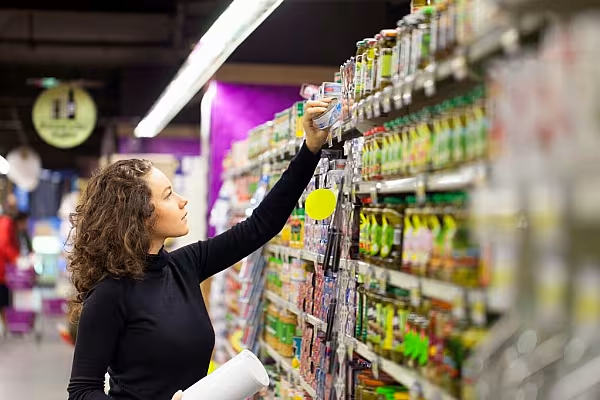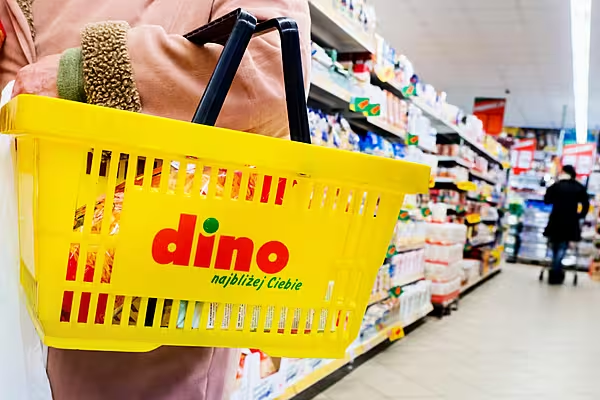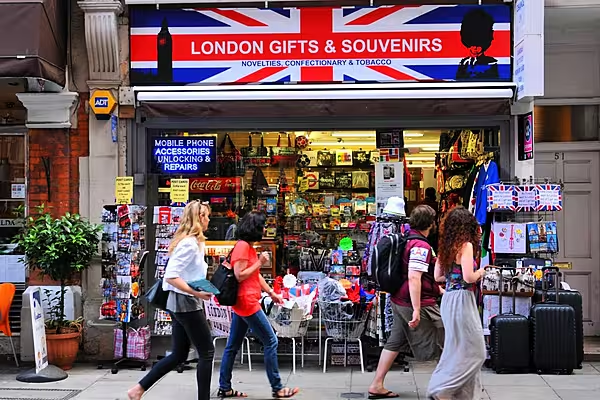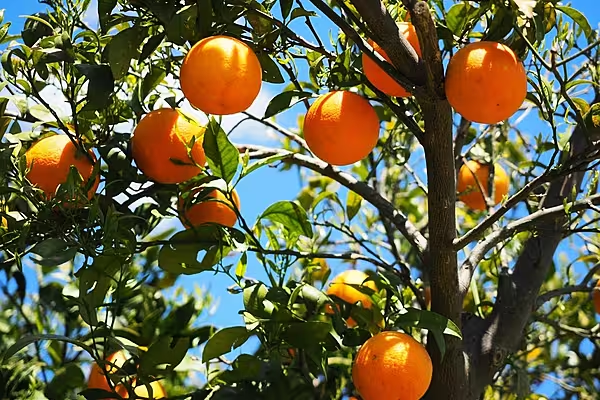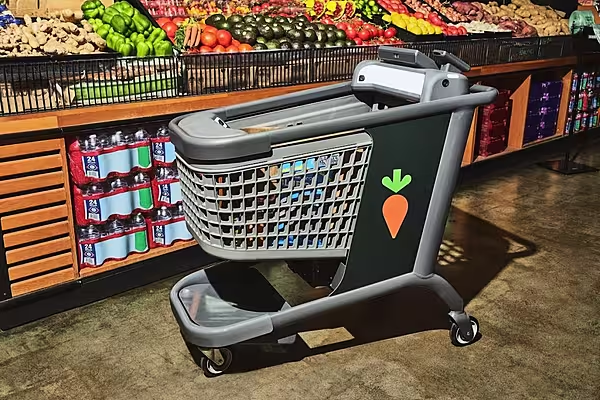As consumers re-evaluate the essentials vs. discretionary items in their shopping baskets amidst changing economic conditions, both national brands and private labels need to embrace innovative strategies to drive growth, writes Ananda Roy, Senior Vice President of Thought Leadership, Europe, Circana.
In stable markets, shoppers' baskets are filled with essential, price-inelastic brands that are consistently purchased. These might include edible products such as bread, eggs, milk and pet food; and non-edibles such as detergents, toilet paper and cleaning products.
However, with a new 'standard' of living established by persistent high prices since 2021, consumers are adjusting their spending habits. This shift over the past three years has blurred the lines between essential and discretionary purchases, significantly impacting volume sales.
Brands must now adapt and innovate to meet these evolving consumer preferences and sustain their market position.
Circana recently conducted detailed analysis of evolving shopping baskets to identify those categories where consumer behaviour and pricing influenced volume sales.
Using a proprietary analytics model, Circana tested change in 175 FMCG categories across Europe, consisting of more than 2,000 product segments over a period of three years.
The analysis reveals that while core essential and discretionary items continue to be purchased, a new subcategory of essential items – transitioning essentials – has emerged, where consumers are transitioning to more conscious, less regular purchases.
This doesn't mean consumers have stopped valuing or buying these products entirely; rather, they are purchasing less frequently, opting for cheaper alternatives, or waiting for promotional deals before buying.
Crucially, this trend impacts volume sales much more than those core essentials that have seen little or no change in demand, even at higher prices.
Resilient Essentials And Vulnerable Discretionaries
Circana's analysis reveals that core essentials in FMCG categories dropped by 0.8% in volume, yet remained relatively resilient, despite being 30% more expensive than in January 2021.
However, discretionary categories, particularly in household care, pet, and baby non-edible sectors, saw a significant decline of 4.3% compared to last year, making them vulnerable to future economic shocks in 2024 and 2025.
Private labels have also been affected by similar inflationary pressures as national brands. Many retailers have reduced the availability of the cheapest items and narrowed the price gap between private labels and brands, with several above-inflation price increases.
With fewer affordable alternatives available and the cost-of-living crisis deepening throughout 2023, consumers have adopted significant coping strategies. These strategies have allowed them to regain control over their household finances, although they have made grocery shopping a more calculated activity.
Innovating To Counter Generational Shifts In Grocery Spending
Aggressive pricing has reshaped grocery spending, but recovering lost volume involves more than just price cuts.
For example, a 30% hike in cooking oil prices has led consumers to cheaper alternatives like oil blends and substitutes such as rapeseed oil. Similarly, the high cost of infant milk formulas has forced parents to dilute formulas or switch to milk, while expensive beer and cider have made consumers drink less frequently or switch to non-alcoholic options.
These shifts signal a broader generational change in consumption patterns. To maintain sales volumes, the focus must extend beyond controlling prices to include innovation, brand and media promotions, and investing in consumer research to discover new needs and opportunities that will create the next generation of future category leaders.
Winning Back Discretionary Consumers
There's no ‘one-size-fits-all’ solution for regaining volume growth, as the dynamics between essential and discretionary purchases evolve.
First, categories previously seen as essential might now exhibit discretionary buying behaviours due to the cost-of-living crisis. Secondly, strategies must consider a brand’s position on the essential vs. discretionary spectrum and its price elasticity.
For discretionary categories, the focus should be on becoming relevant again in the consumer's basket. It's crucial to remind consumers why they should buy now through effective pricing, promotions, and marketing.
For essentials, the challenge isn't getting picked up – it's ensuring consumers choose your brand over competitors and see its value, even if they're purchasing less. Innovating to differentiate your product is vital as drivers of purchase and consumption change.
Adapting To Change
As headline inflation shows signs of subsiding, European consumers are gradually recovering from the strains of the cost-of-living crisis. In this shifting economic landscape, the brands and private labels poised for success are those that remain acutely aware of the relationship between essential and discretionary spending.
Brands must understand that what may have been considered essential yesterday could be seen as discretionary tomorrow due to fluctuating financial conditions.
By aligning their strategies with these evolving consumer priorities—whether by refining product offerings, adjusting pricing strategies, or enhancing marketing approaches, brands can effectively cater to the changing needs and maintain their competitive edge in the market.
